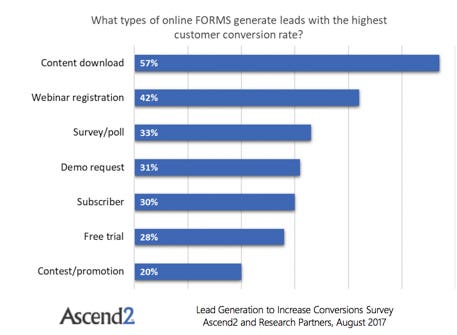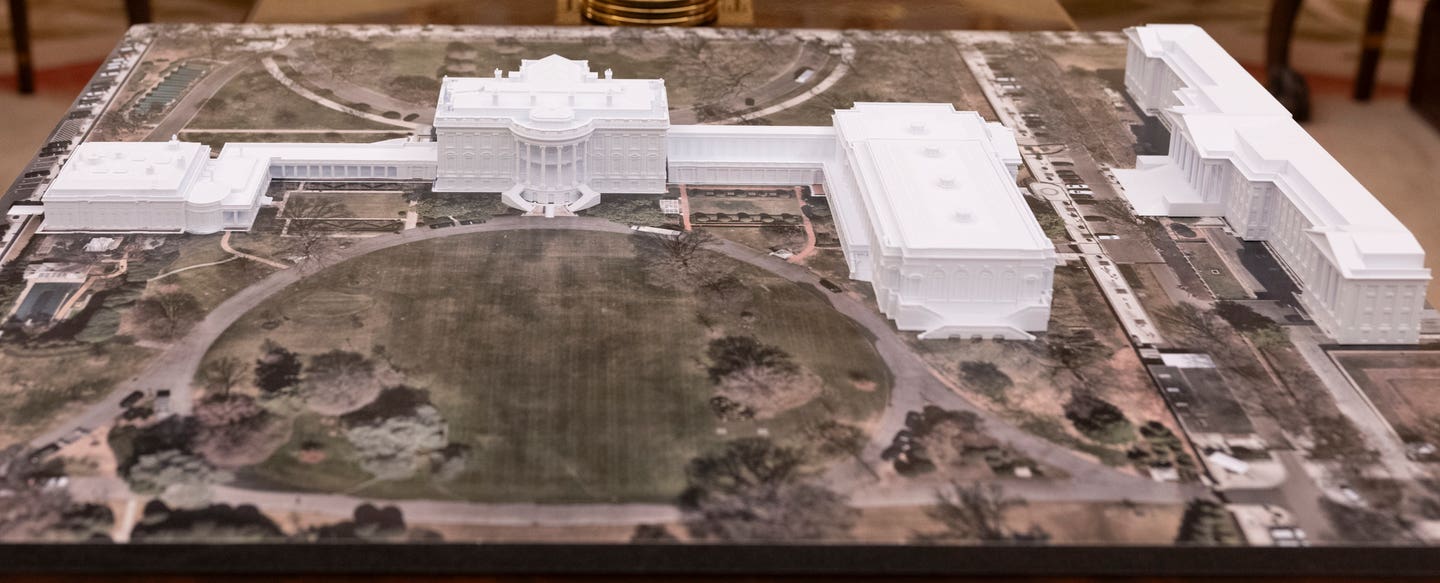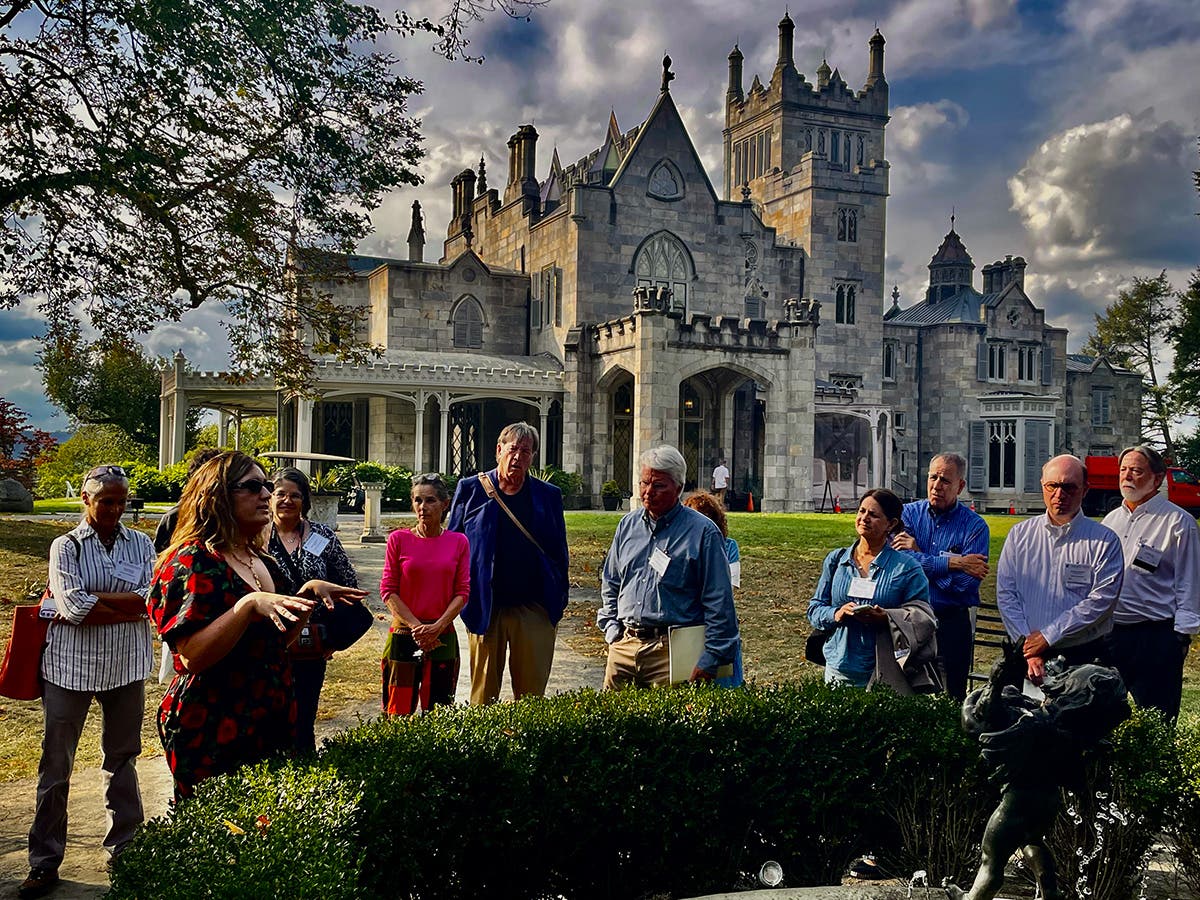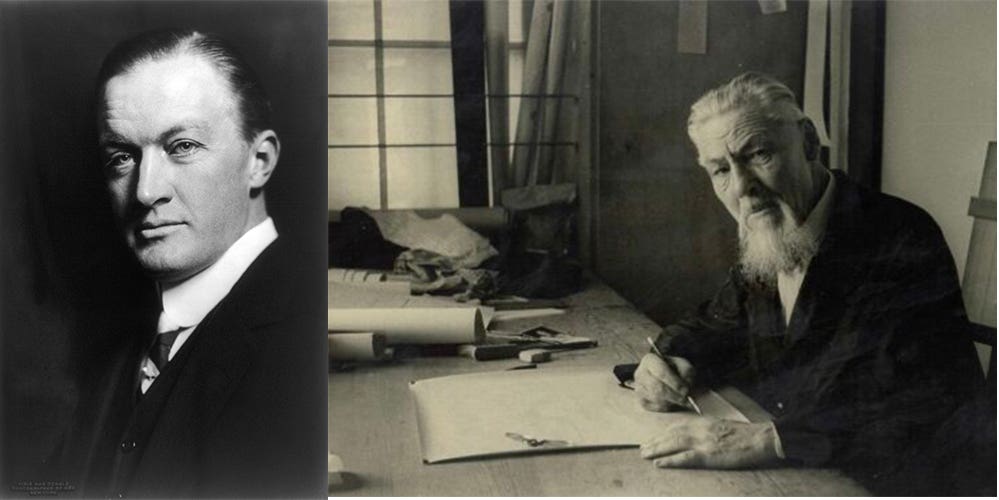
Peter Miller
Clicks vs. Comprehension
The kids are back in school. The advice I give my children as they meet their new teachers is this: "Don't let your teachers tell you WHAT to think. Ask them to teach you HOW to think."
Critical thinking is an important thing to learn. It feels especially important amidst fake news, the overload of sensational headlines delivered on multiple media platforms, and click-bait content designed to capture eyeballs but not comprehension. Critical thinking requires us to think beyond what the text book says, or, to read beyond the digital sound bites that vibrate our phones.
Magazine and digital media journalists have something in common with your kid's teachers: we aim to engage minds, inspire ideas and bring understanding to the subject. We measure our success by how our readers play it back to us. Do they respond? Did they get it? Does their understanding give them the confidence to act?
There are other ways to measure effectiveness in teaching and communicating: test results (teaching) and click throughs (digital media). Most teachers and journalists are discouraged by these standards of measurement which, while quantitative, do not prove a greater understanding or comprehension by students or readers. But when a school's students have high test scores, that school gets more government funding. When a web site gets more click throughs, that web site attracts more advertising.
"It's not how many, it's who," I often say, in ad sales pitches, especially when an advertiser is comparing our specialized Home Group media to mass market media including Facebook and Google. Did you know that up to 30% of click throughs are meaningless? They are either BOTs or people who clicked by mistake. But the analytics, more intriguing than financially rewarding, don't tell you that. The analytics do say that the time spent on a web site is three minutes, whereas the time spent with a magazine is an hour.
Here is an analytic which crossed my desk recently. It is information from the market research firm Ascend2. Forty-six percent of the marketers surveyed said research reports, made available for download, have the best customer conversion rate of any kind of content marketing. Video motion/graphics ranked second most effective with 44% of survey respondents saying it is effective. Forty-two percent of this survey's respondents said social media content was effective for converting prospects to customers and 40% cited webinars as the most effective form of content marketing.
Content marketing is a new way of teaching, a new way of selling. It is informative, more in depth than most advertising or promotion. It trades information for an email address which allows the marketer to begin a pen pal relationship with the reader/prospect/customer. Content marketing is measured by the number of downloads and sign-ups. When traced, 'research reports' appear to be the preferred method of learning, for prospects who become buyers.
Social media, per Ascend2, is also effective. Our Home Group digital writers know this well. One photo of a handsome log cabin from the pages of LOG HOME LIVING can fetch 400,000 "likes" on Facebook. House designers use Pinterest photos, for wide-reaching show-and-tell of their PERIOD HOMES interiors.
Marketers say that "conversions are increasing," according to the Ascend2 research. 'Content downloads' and webinar registration forms are effective for capturing emails and a prospect's personal information. Of course, this is all measured by the click ability of what is served to the reader. Whether the reader understands what you are telling, selling or teaching, is harder to determine.
I saw some sexy course descriptions in our school curriculum catalog and asked my kids about them. "Yeah Dad, that class sounds good but it's considered a 'gut,' not a serious course," my son informed me. Suddenly our conversation was interrupted by my iPhone news feed with this headline: "Verizon will Give you Lady Gaga Concerts Tickets...In Exchange for your Personal Information."
There are an endless number of digital media come-ons which make the trigger finger click. When the click- bait- news goes viral, it becomes truth. This is when the media is telling us 'what to think.' I wonder how my kid's teachers measure student engagement and comprehension? I wonder if reading a book requires deeper concentration and produces a better understanding than does reading the phone? I worry, on back-to-school night, if the teachers are teaching critical thinking?
And I wonder if you've read this far? Are you engaged? Comprehending? "Take this quiz and find out!" But first, what's your email address?
Peter H. Miller, Hon. AIA, is the publisher and President of TRADITIONAL BUILDING, PERIOD HOMES and the Traditional Building Conference Series, and podcast host for Building Tradition, Active Interest Media's business to business media platform. AIM also publishes OLD HOUSE JOURNAL; NEW OLD HOUSE; FINE HOMEBUILDING; ARTS and CRAFTS HOMES; TIMBER HOME LIVING; ARTISAN HOMES; FINE GARDENING and HORTICULTURE. The Home Group integrated media portfolio serves over 50 million architects, builders, craftspeople, interior designers, building owners, homeowners and home buyers.
Pete lives in a classic Sears house, a Craftsman-style Four Square built in 1924, which he has lovingly restored over a period of 30 years. Resting on a bluff near the Potomac River in Washington, D.C., just four miles from the White House, Pete’s home is part of the Palisades neighborhood, which used to be a summer retreat for the District’s over-heated denizens.
Before joining Active Interest Media (AIM), Pete co-founded Restore Media in 2000 which was sold to AIM in 2012. Before this, Pete spent 17 years at trade publishing giant Hanley Wood, where he helped launch the Remodeling Show, the first trade conference and exhibition aimed at the business needs and interests of professional remodeling contractors. He was also publisher of Hanley Wood’s Remodeling, Custom Home, and Kitchen and Bath Showroom magazines and was the creator of Remodeling’s Big 50 Conference (now called the Leadership Conference).
Pete participates actively with the American Institute of Architects’ Historic Resources Committee and also serves as President of the Washington Mid Atlantic Chapter of the Institute of Classical Architecture & Art. He is a long-time member of the National Trust for Historic Preservation and an enthusiastic advocate for urbanism, the revitalization of historic neighborhoods and the benefits of sustainability, including the adaptive reuse of historic buildings.









